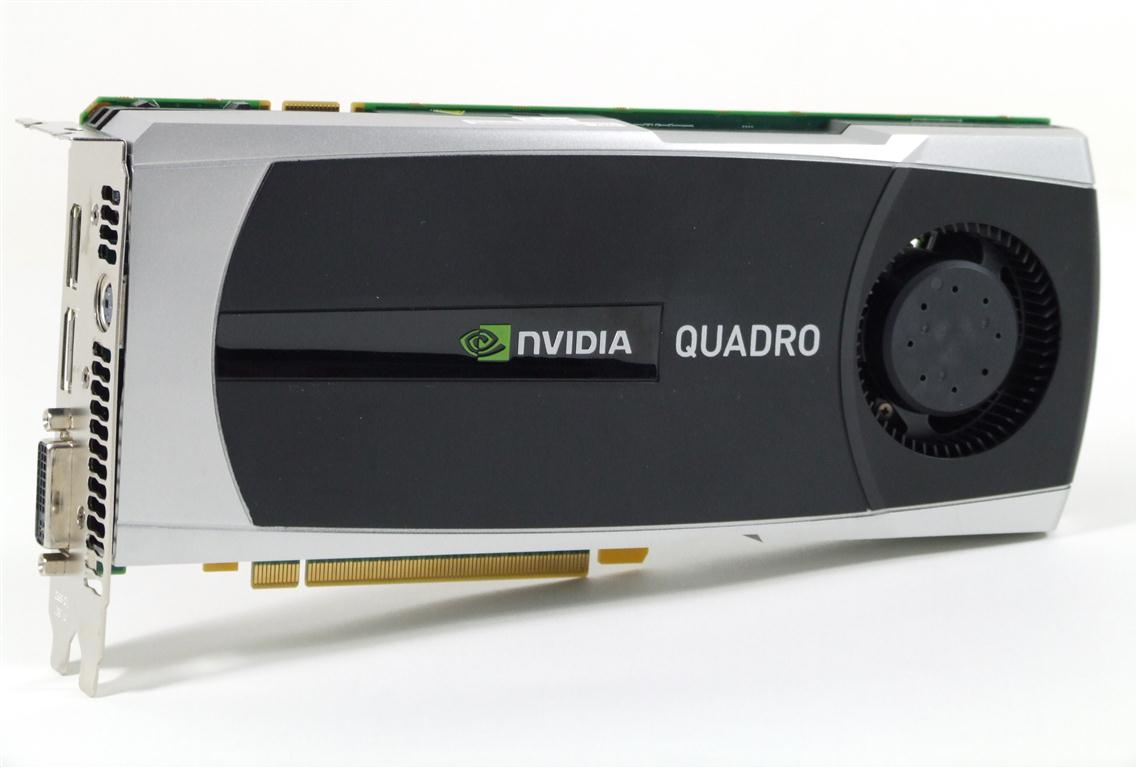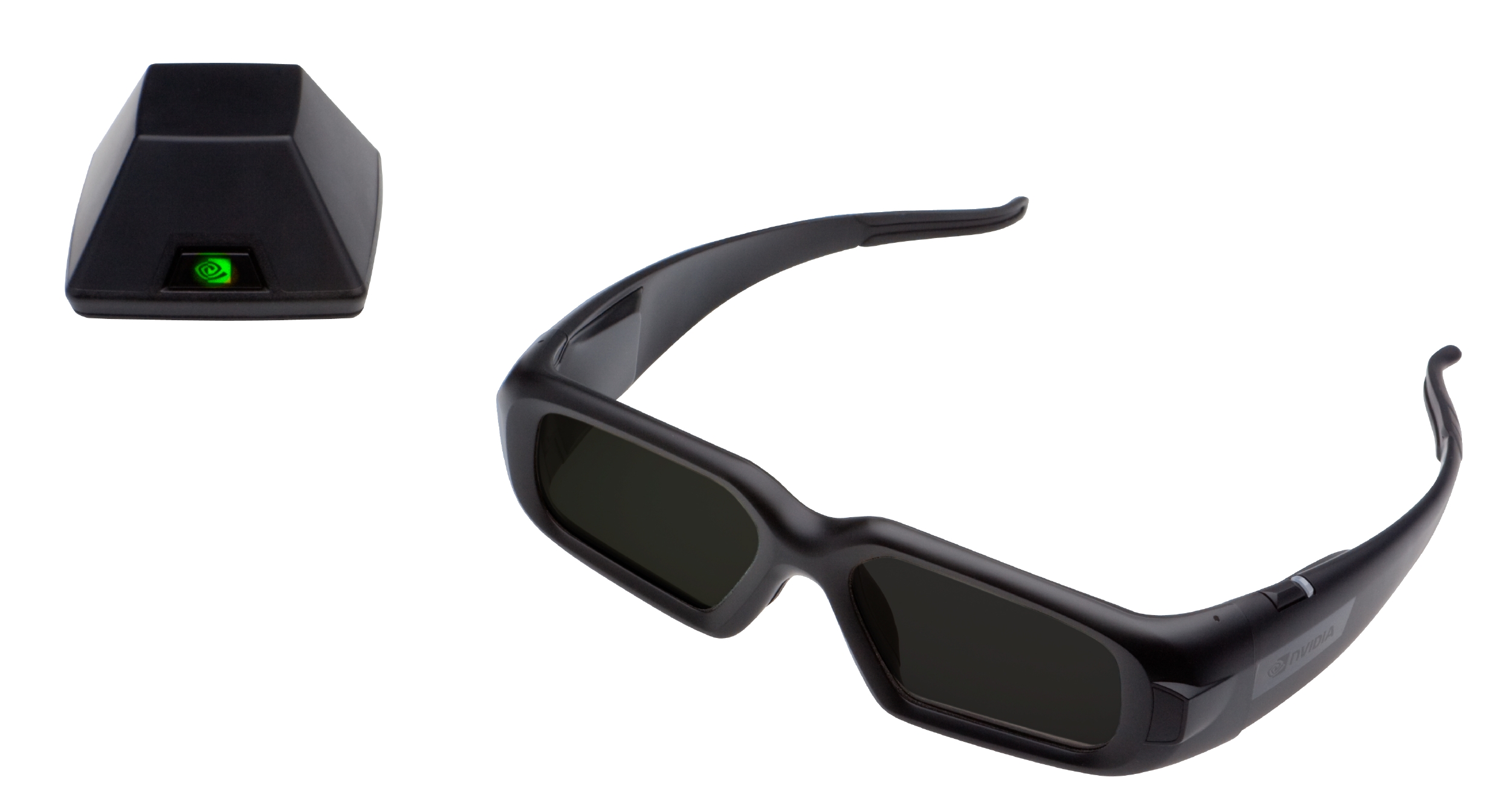Workstation Shootout: Nvidia Quadro 5000 Vs. ATI FirePro V8800
Nvidia sure didn't waste any time introducing its Fermi architecture to the workstation space. Its Quadro 5000 is one of the first models to use the company's GF100 graphics processor. How does this card stack up against ATI’s flagship FirePro V8800?
Nvidia Quadro 5000: Overview
Nvidia is shortening the branding of its workstation cards. While the previous generations were dubbed Quadro FX, the new models will simply be called Quadro, followed by their model number. The FX suffix that many buyers associate with “special effects” has been dropped completely. AMD made a similar move last year, renaming its FireGL line to FirePro. The “GL,” which referenced the OpenGL graphics language, has been switched out for Pro, connoting “professional” instead.
The Quadro 5000, built by Nvidia and distributed by PNY, is considered the secret flagship of the Quadro family. Sure, there’s also the Quadro 6000, which is equivalent to the desktop GeForce GTX 480, just with an overabundance of memory. Of course, this model will surely find buyers as well, but the target audience is much smaller. That’s partly due to a steep price, but also because of there is only a limited number of applications out there that would benefit from such a card. We saw the same thing with the previous-generation Quadro FX 4800 and FX 5800.
So what kind of graphics card is the Quadro 5000, really? Well, under the hood, we find a GF100 GPU with 352 shader cores enabled. That makes it equivalent to the GeForce GTX 465 found in the desktop space, albeit a slightly chubbier and slower one. After all the, Quadro 5000 comes with more than twice as much memory as the GeForce GTX 465, but runs at lower clock speeds. The following table gives you a side-by-side comparison of the two cards.
| Specifications | Quadro 5000 | GeForce GTX 465 |
|---|---|---|
| Chip | GF100 / Fermi | GF100 / Fermi |
| Memory | 2560 MB | 1024 MB |
| Core Clock Rate | 513 MHz | 607 MHz |
| Shader Clock Rate | 1026 MHz | 1215 MHz |
| Memory Clock Rate | 1500 MHz | 1600 MHz |
In all, Nvidia launched a total of five products for the workstation and server markets.
Scalable visualization system:
- Quadro Plex 7000, 12 GB memory, 896 CUDA cores
Desktop workstation:
- Quadro 6000, 6 GB GDDR5 memory, 448 CUDA cores
- Quadro 5000, 2.5 GB GDDR5 memory, 352 CUDA cores
- Quadro 4000, 2 GB GDDR5 memory, 256 CUDA cores
Mobile workstations:
Get Tom's Hardware's best news and in-depth reviews, straight to your inbox.
- Quadro 5000M, 2 GB GDDR5 memory, 320 CUDA cores
Current page: Nvidia Quadro 5000: Overview
Prev Page Comparisons And Applications Next Page Nvidia Quadro 5000: Features, Connectors, And Driver-
tacoslave if amd put a little more work on their drivers (i.e crossfire and firepro performance)they would be the clear performance champion.Reply -
Gin Fushicho I really wish I knew what these numbers meant.Reply
For someone who doesn't do 3-D design these benchmarks are kinda confusing. -
joytech22 You need to remember, Fermi is designed not "Just" for games, but was also designed, from day one, with computing in mind as well.Reply -
SchizoFrog Once again the arguement regarding AMD Drivers is brought to the fore. But more than this, when AMD has a line of products that could be said to 'miss' they absolutely FAIL. nVidia on the otherhand seem to have learned their lesson well from the 5xxxFX series and can still produce products that can compete at least at some level, ie: GTX460. Although these are Workstation products, nVidia have a complete package with GPUs and Drivers that work from the off.Reply -
davefb sort of interesting, but why is there no comparison to mainstream boards? There is a massive premium of cost here but nothing to be able to say 'hey boss, the onboard graphics we use really don't cut it any more, how about a quadro'.Reply
(or have I sped-read past the reason why ;) )


